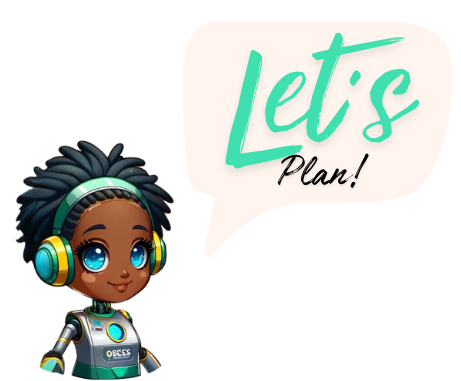
Meet Pearl, your AI-powered teaching assistant! Transform your classroom with engaging lessons, personalized feedback, and interactive quizzes—all in one place. Create, review, and enhance your lesson plans effortlessly, and let Pearl guide you to elevate your teaching strategies.
Start your journey to smarter teaching today!
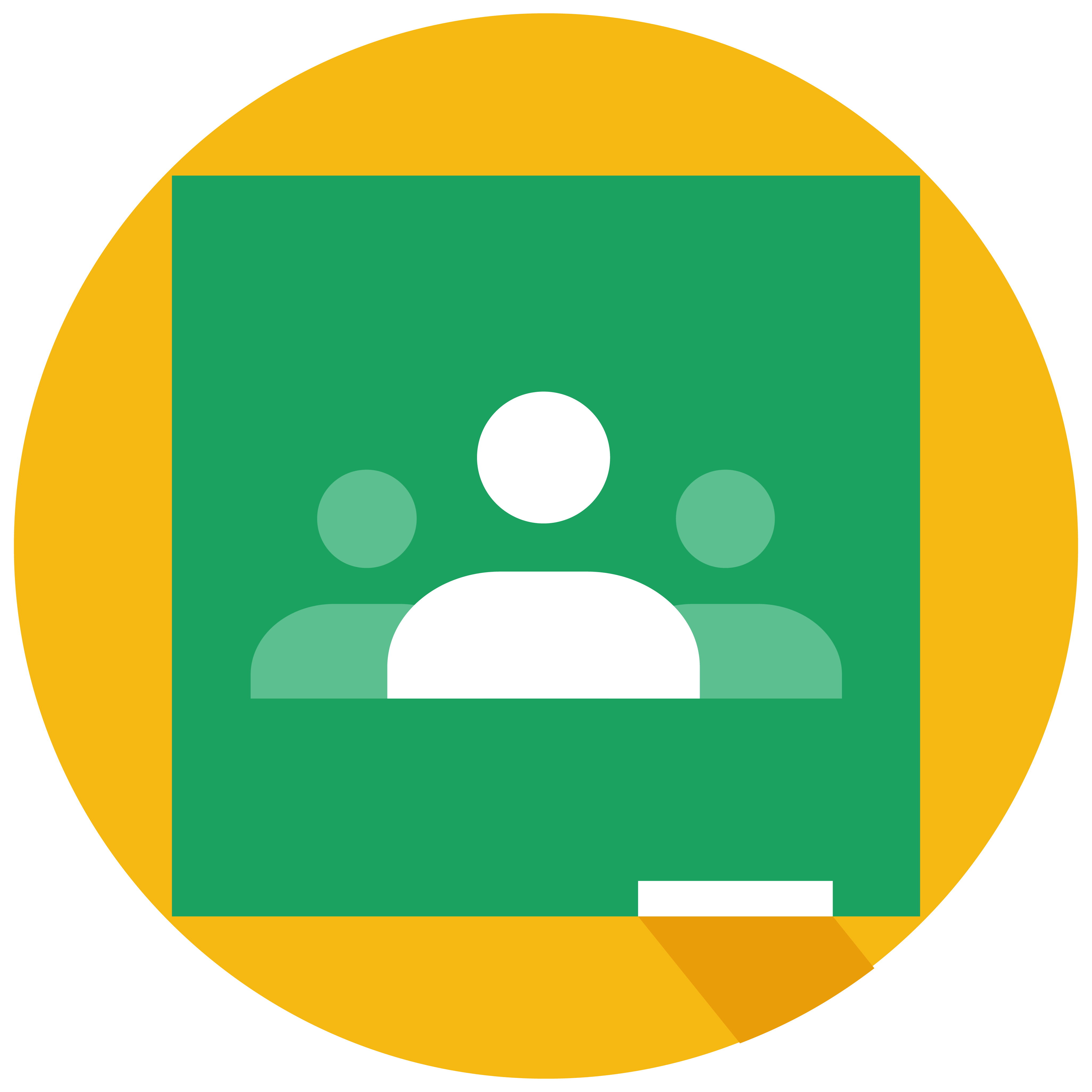


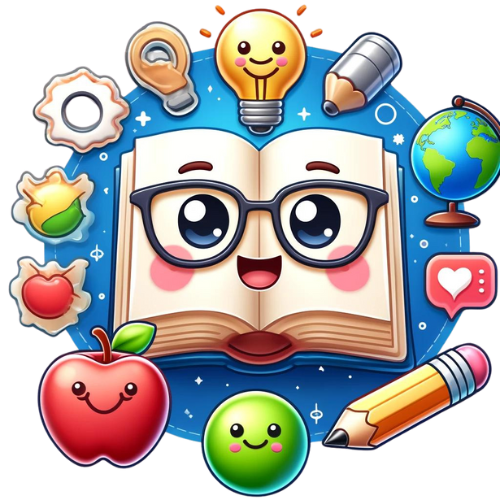
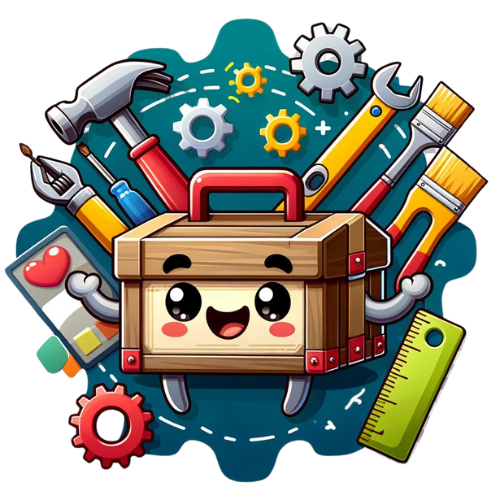
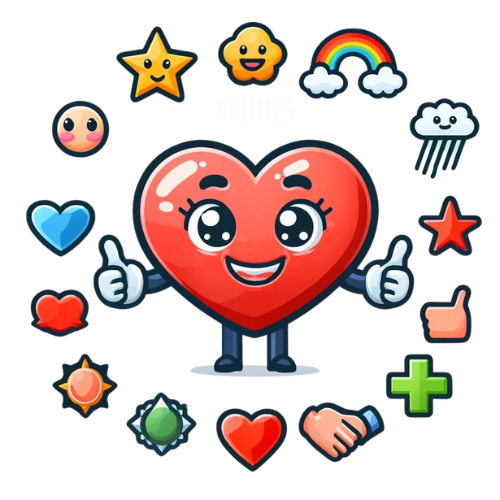
Select Grade for Social Studies